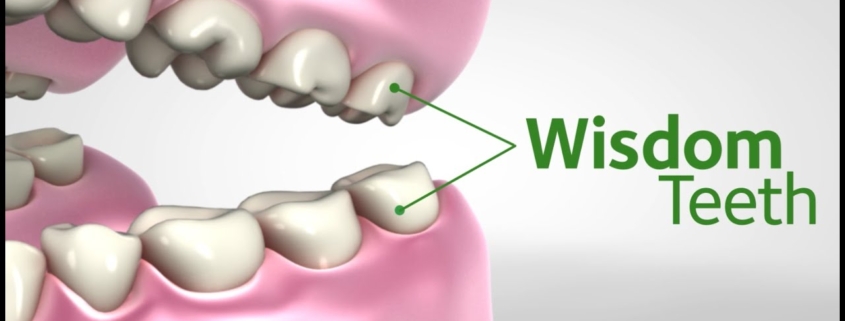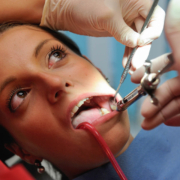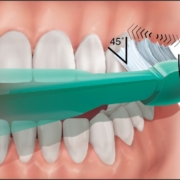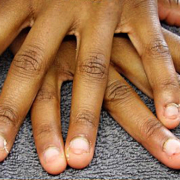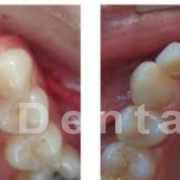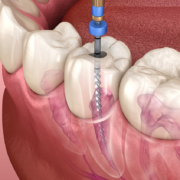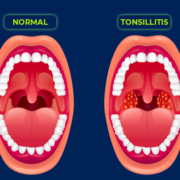Wisdom teeth: What They Are, Possible Complications and Their Treatment
What are wisdom teeth?
With age, comes wisdom and wisdom teeth. Wisdom teeth are the last teeth to erupt into the mouth and usually show up between 17 to 21 years of age. They are also called the third molars: molars are the wide set of teeth that is used to grind food. These teeth are also the most problematic set of teeth and account for a fair number of reasons why people go to see the dentist. Humans usually have wisdom teeth, two in the upper jaw and two in the lower jaw. This number may vary since some teeth never erupt and become what is called impacted third molars.
Symptoms of wisdom teeth development
When wisdom teeth are developing, one may undergo a series of uncomfortable episodes characterized by discomfort around the area of the growing tooth, sometimes this may be coupled with fever, headache and a feeling of unwellness also known as malaise. The gum around the tooth may become inflamed causing a condition called Pericoronitis. Unless symptoms become very severe, this can be managed at home using a saline rinse and over the counter analgesics.
Wisdom teeth if well erupted are non-problematic and can be left alone, treated as the other teeth and cared for as such. However, if they did not erupt right into the mouth, causing them to face the neighboring tooth or in case they do not erupt at all but have chances of affecting the neighboring teeth, then your dentist may elect to remove them. Non erupted teeth are called impacted teeth and the partially erupted teeth are known as partially impacted teeth.
The diagnosis for impacted teeth is made on a radiograph. These impacted teeth can be dangerous to the health of the neighboring teeth. This is because they may cause resorption of the roots of the neighboring teeth which makes them unstable. They can also induce formation of cysts which cause further bone resorption. Partially impacted teeth are difficult to clean and so food debris can accumulate there and this can result in caries on the immediate neighboring tooth. Third molars in case the jaw is small can also cause crowding of the teeth; this may necessitate their removal before carrying out orthodontic procedures.
The treatment for impacted third molars is called disimpaction and some cases can be taken care of by the general dentist while others may require referral to an oral surgeon. The procedure is relatively safe and can take between 30 minutes to an hour or more in case the tooth is difficult to extract for one reason or another. When a wisdom tooth on one side is removed, it is usually a good idea to also have its opposing partner removed. This will prevent the opposing partner from moving to a different direction which may result in further problems. The wisdom teeth are also extracted in case they have cavities because the prognosis of them getting better is very low.
Are you experiencing pain as a result of wisdom teeth? Speak to our dentist today for a free checkup and to learn about the available treatment options

